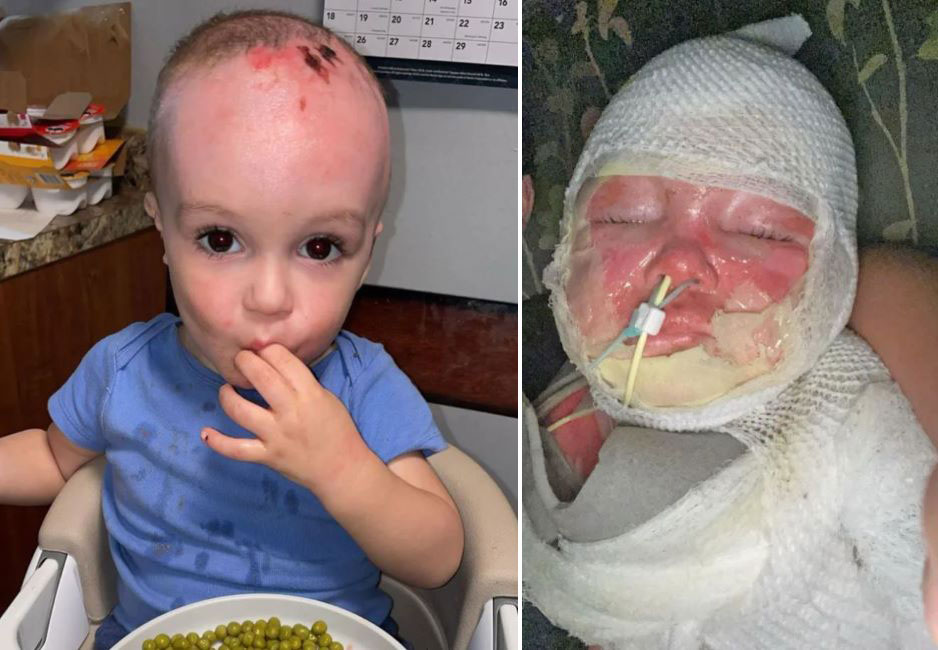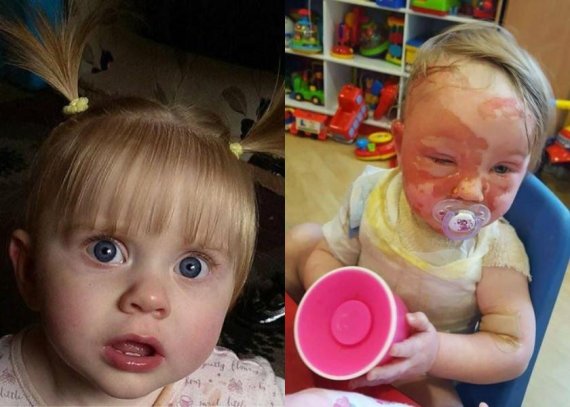How to Treat and Prevent Burns in Babies: Immediate Actions and Safety Tips
How to Treat and Prevent Burns in Babies: Immediate Actions and Safety Tips
Burns are among the most common childhood injuries, and knowing how to respond quickly is essential for every parent. This guide provides clear steps for managing burns in babies and highlights precautions to keep your little one safe.
Immediate Steps for Treating Baby Burns:
1. Cool the Burn Area
- Immediately run cool (not cold) water gently over the burn for at least 10 minutes.
- Avoid using ice or extremely cold water, as this can cause additional skin damage.
2. Remove Tight Items Carefully
- Gently remove any tight clothing or accessories near the burned area before swelling occurs.
- If clothing is stuck to the skin, do not remove it forcefully. Seek immediate medical assistance instead.
3. Protect the Burn
- Cover the burn loosely with sterile gauze or a clean, soft cloth to protect it from infection.
- Avoid using fluffy cotton or any material that could stick to the wound.
4. Pain Relief
- Offer infant-safe pain relievers like acetaminophen or ibuprofen (always consult your pediatrician first).
5. Seek Medical Attention
- Immediately consult a doctor or head to the nearest emergency room if the burn is severe, covers a large area, or involves the face, hands, feet, or genitals.
Important Precautions to Prevent Burns in Babies:
- Hot Liquids: Always keep hot drinks and foods out of reach of babies. Avoid drinking or handling hot items while holding your child.
- Bath Safety: Test bath water temperature carefully using your wrist or elbow before placing your baby in the tub.
- Kitchen Safety: Use back burners on stoves and turn pot handles away from the edge.
- Electrical Hazards: Cover electrical outlets and keep electrical cords out of your child's reach.
- Sun Protection: Shield your baby’s skin from direct sunlight using baby-safe sunscreen, hats, and protective clothing.
When to Seek Immediate Medical Help:
- The burn appears severe or involves blistering, charring, or white patches.
- The baby has breathing difficulties or altered consciousness.
- Burns caused by chemicals, electricity, or hot objects require urgent professional assessment.
Conclusion
Quick response and preventive measures significantly reduce the risks and severity of burns in babies. Always keep emergency numbers handy, stay informed, and regularly review safety practices to ensure your baby's health and safety.
SEO Keywords: baby burn treatment, prevent baby burns, infant burn care, burn safety tips for babies, child burn first aid



Comments